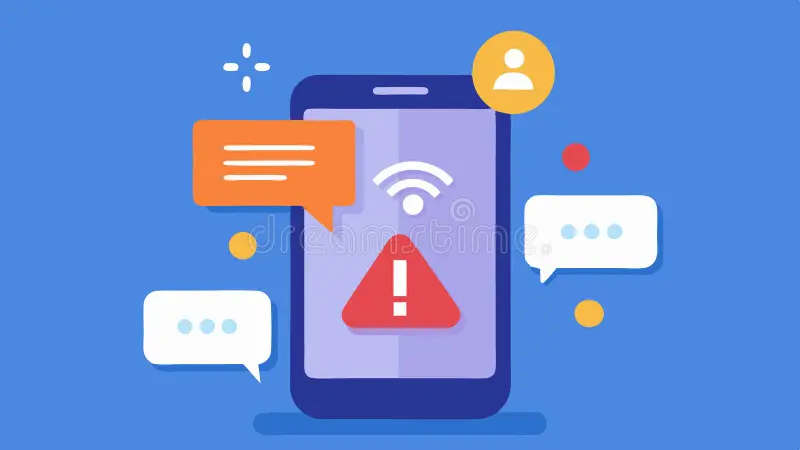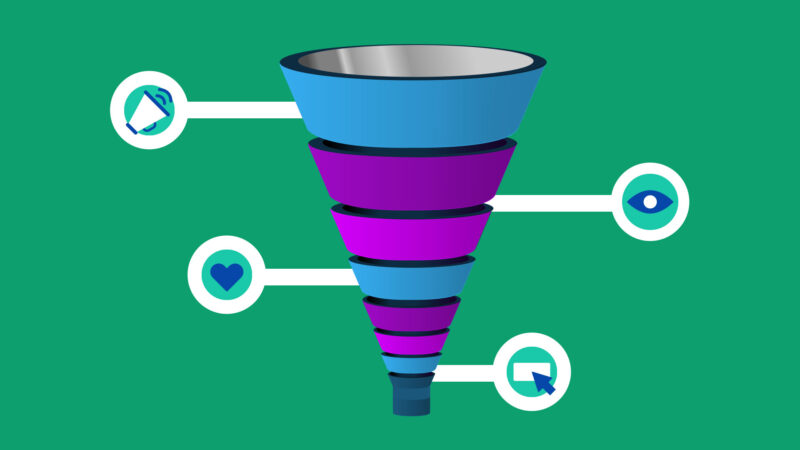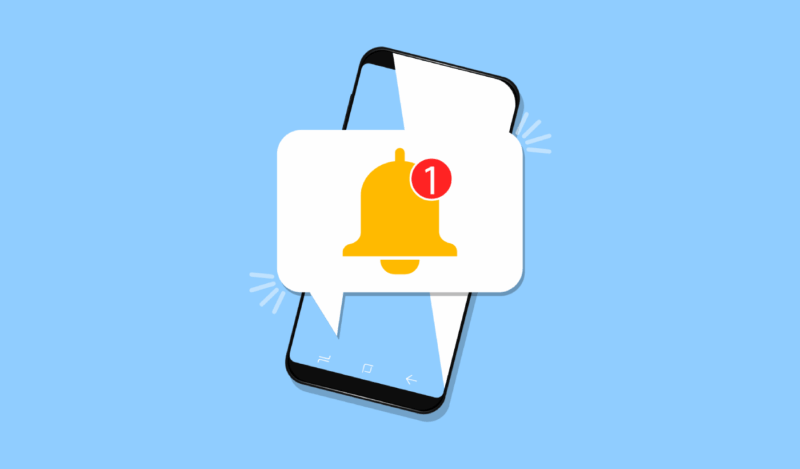Sales in the digital age is a race for attention. The moment a customer shows interest, there’s a small window to engage before they get distracted or move on to a competitor. Real-time notifications, instant alerts about customer actions, can be the tool that tips the balance in your favor. Used correctly, they turn potential interest into immediate action and help you close more deals without the drawn-out back-and-forth.
Key Points
- They let you respond at the exact moment a lead is engaged.
- Customers value timely and relevant communication.
- They can be automated without losing personalization.
- Competitors often miss these fast-response opportunities.
- The right trigger strategy can boost conversions significantly.
Why speed matters more than ever in sales

Customers have more choices, shorter attention spans, and higher expectations than ever before. If they sign up for a free trial, click a pricing page, or abandon a cart, waiting even a few hours to follow up can mean the difference between a sale and a missed opportunity.
Research into sales engagement shows that leads contacted within five minutes of showing interest are dramatically more likely to convert. Real-time notifications bridge that gap by ensuring you know the moment an action happens—so you can respond while the interest is fresh.
Some industries already treat real-time alerts as non-negotiable. Online sports betting platforms, for example, rely heavily on instant engagement to keep users active. Consider bet365—its real-time updates on odds, match events, and personalized offers are a masterclass in capturing attention when interest peaks. This isn’t just entertainment—it’s a sales strategy in action.
For your business, the same principle applies. Whether you sell software, clothing, or consulting services, knowing when a customer is most receptive lets you time your outreach for maximum impact.
How real-time notifications boost conversion rates
The beauty of real-time alerts is that they meet the customer exactly where they are in their decision-making process. When someone is browsing a high-value product, a quick message with a discount code or limited-time bonus can push them to act.
Ways real-time notifications directly influence sales:
- Instant follow-up on lead activity – If someone downloads your brochure, an automated yet personalized message can arrive within minutes, increasing trust and interest.
- Cart abandonment recovery – A targeted alert reminding them what they left behind (with an incentive) can win back lost revenue.
- Upselling at the right moment – After a purchase, you can suggest related items while they’re still engaged.
This immediacy isn’t about spamming—it’s about timing your communication so it feels relevant rather than intrusive.
The psychology behind real-time engagement

The reason this strategy works so well lies in behavioral science. People are more likely to take action when the motivation is fresh and the effort required is minimal. If they have to come back later, enthusiasm fades, and doubts set in.
Real-time notifications leverage:
- Recency effect – People remember and respond to what just happened.
- Scarcity principle – A time-sensitive offer increases urgency.
- Personalization bias – Messages that feel directly relevant are far more persuasive.
By aligning your notifications with these triggers, you create a sales environment that feels tailored to each customer without demanding manual intervention for every interaction.
Balancing automation with a human touch
Automation powers real-time notifications, but personalization is what keeps them effective. A generic “Thanks for visiting” will be ignored. A message that references the specific product they were viewing, or follows up on a previous conversation, feels intentional and valuable.
Tips for keeping the balance right:
- Segment your audience so each message fits the context.
- Use customer names and relevant details without overloading with data.
- Follow up with a real person when the situation calls for it.
This approach ensures that while your system is working in the background, the customer experience still feels warm and human.
Real-time notifications in the sales funnel

Different stages of the sales funnel offer different opportunities for using notifications effectively:
- Awareness stage – Send alerts about upcoming events, content releases, or trending products to spark interest.
- Consideration stage – Provide timely comparisons, case studies, or testimonials when they’re weighing options.
- Decision stage – Push limited-time offers, bonuses, or personal follow-ups that make the decision easier.
Integrating notifications at each stage turns your funnel into a responsive, interactive process rather than a passive waiting game.
Avoiding notification fatigue
The risk of overusing real-time alerts is burning out your audience. Too many notifications, or ones that feel irrelevant, will cause customers to mute or unsubscribe.
A better approach is to set clear rules for when and how messages are sent:
- Limit frequency based on customer behavior.
- Ensure each alert provides value or solves a problem.
- Test message formats and timing to see what resonates.
When done right, your notifications will feel like a helpful nudge, not a constant interruption.
Measuring the impact of real-time notifications
You can’t optimize what you don’t measure. To know if your notifications are actually driving sales, track metrics such as:
- Click-through rate (CTR) on notification links.
- Conversion rates following an alert.
- Response times from your sales team after a trigger.
- Customer feedback on relevance and timing.
These insights let you refine your triggers, content, and frequency to maximize results.
The competitive advantage you can’t afford to ignore
In highly competitive markets, small advantages compound over time. If your competitor responds to a lead within hours and you respond within minutes, you’re not just faster—you’re more likely to win the deal outright.
Real-time notifications aren’t a gimmick; they’re a system for keeping your business in sync with customer intent. When used with discipline and personalization, they transform how you engage and convert.
Final takeaway
Real-time notifications aren’t about chasing every click—they’re about showing up at the exact moment your customer is ready to act. In a market where attention is fleeting, that’s as close as it gets to a sales superpower. When used with precision and empathy, they help you connect with customers at their highest point of interest. Combine them with tailored messaging and consistent follow-up, and you’ll transform one-off opportunities into repeat business, building loyalty while steadily increasing your conversion rates over time.







